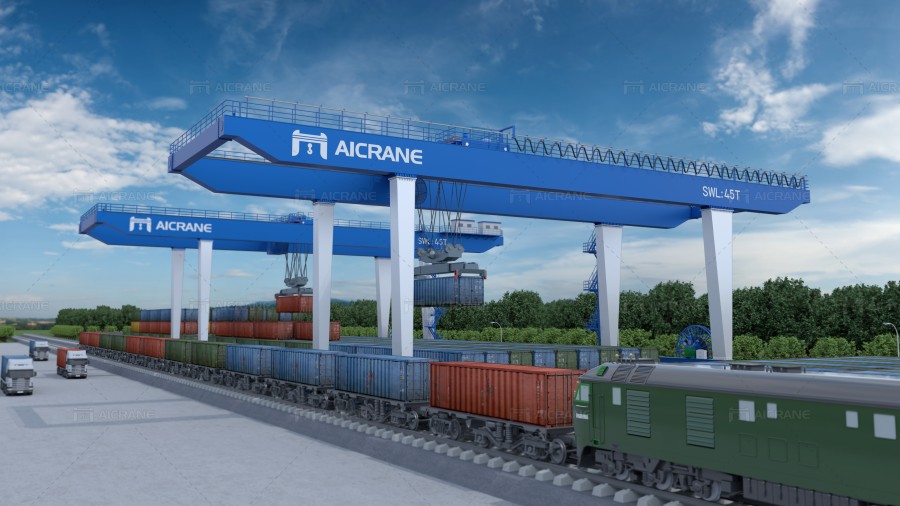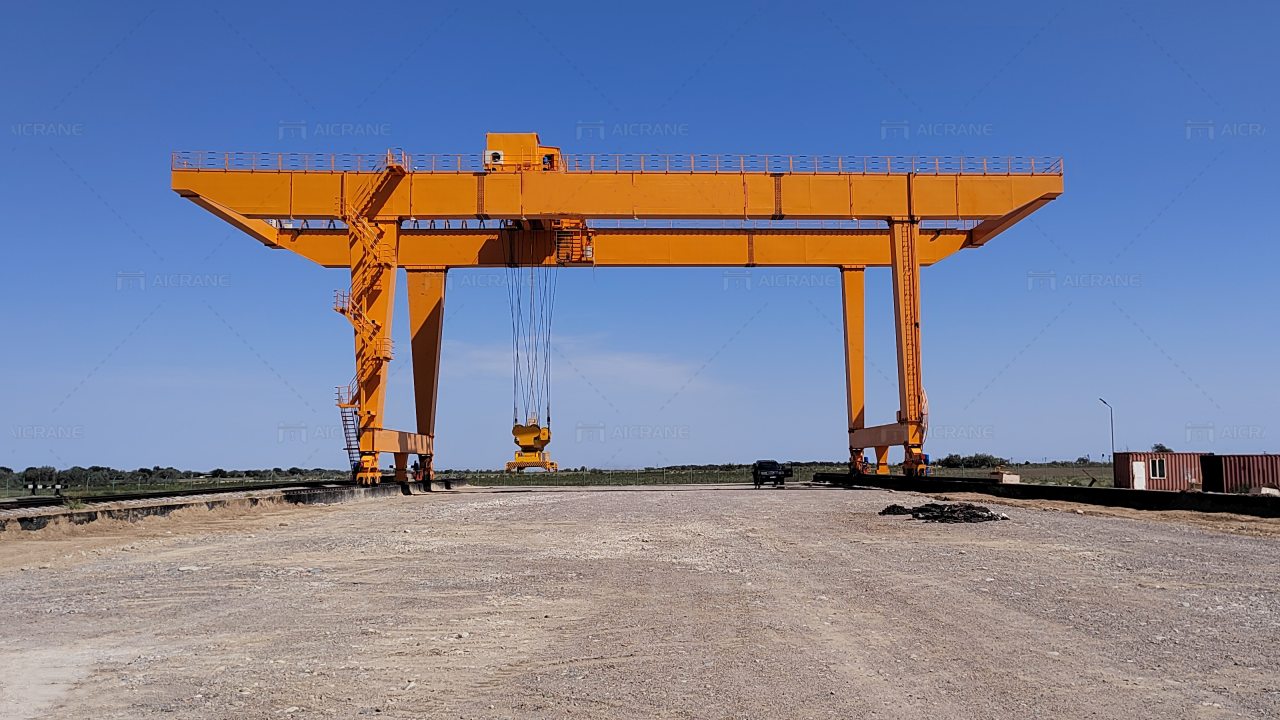As global trade and logistics continue to evolve, the future of container handling is being reshaped by technological advancements, particularly with the adoption of automated rail mounted gantry cranes (ARMGs). These sophisticated cranes offer significant improvements in efficiency, reliability, and safety, making them integral to the next generation of container terminals.
This article explores the role and impact of automated rail mounted gantry cranes in the future of container handling, highlighting their benefits and transformative potential in the logistics industry.

Introduction to Automated Rail Mounted Gantry Cranes (ARMGs)
Automated rail mounted gantry cranes, or ARMGs, are advanced container handling systems designed for efficiency and automation in port and terminal operations. Unlike traditional rubber tired gantry cranes (RTGs), ARMGs are mounted on rails, allowing them to travel along predefined tracks within container yards. These cranes are equipped with automated controls, enabling precise and systematic handling of shipping containers.
Key Features and Advantages
Automation: ARMGs are fully automated, reducing the need for manual intervention in container handling tasks. Automated controls manage container movements, positioning, and stacking, optimizing terminal operations and minimizing human error.
Space Efficiency: By operating on rails, ARMGs can navigate container yards more efficiently compared to RTGs. This allows for denser stacking of containers and maximizes the use of available terminal space.
Productivity: ARMGs offer higher productivity levels than conventional cranes due to their automated operation and optimized workflows. They can handle a larger volume of containers in a shorter time, improving terminal throughput and vessel turnaround times.
Safety: Automation enhances safety by reducing the risk of accidents associated with manual handling operations. ARMGs are equipped with advanced sensors and collision avoidance systems to ensure safe and reliable container handling.
Flexibility: ARMGs can be integrated with terminal management systems and software, enabling real-time monitoring, remote operation, and predictive maintenance. This integration enhances operational flexibility and responsiveness to changing demand patterns.

Transforming Container Terminals
The adoption of automated rail mounted gantry cranes represents a transformative shift in container terminal operations, offering several benefits and opportunities for the logistics industry:
Efficiency Gains: ARMGs streamline container handling processes, from vessel unloading to yard stacking and loading onto trucks or trains. This efficiency translates into cost savings and improved service levels for shipping lines and terminal operators.
Optimized Space Utilization: ARMGs enable higher container stacking densities, maximizing terminal capacity without the need for significant expansion. This is particularly valuable in congested or urban port environments.
Environmental Sustainability: Automated operations reduce energy consumption and emissions associated with container handling. ARMGs can be powered by renewable energy sources, further enhancing their environmental sustainability.
Operational Resilience: The automation of container handling minimizes disruptions caused by labor shortages, strikes, or adverse weather conditions. ARMGs ensure continuous operations and maintain terminal performance even under challenging circumstances.
Industry Trends and Future Outlook
Looking ahead, the future of container handling with ARMGs is characterized by ongoing innovation and technological advancements:
Integration with IoT and AI: ARMGs will leverage IoT connectivity and artificial intelligence (AI) to optimize operational processes, anticipate maintenance needs, and improve overall efficiency.
Hybrid and Electric Solutions: The development of hybrid and electric ARMGs will contribute to reducing carbon emissions and enhancing sustainability in port operations.
Smart Port Initiatives: ARMGs will be central to the development of smart ports, where interconnected systems and digital technologies drive efficiency, transparency, and competitiveness in global supply chains.
In conclusion, automated rail mounted gantry cranes for container stacking are poised to play a pivotal role in shaping the future of container handling and port logistics. By combining automation, efficiency, and sustainability, ARMGs enable container terminals to meet the demands of an increasingly interconnected and dynamic global economy. As the logistics industry continues to embrace innovation, ARMGs will remain at the forefront of container handling technologies, driving efficiency, reliability, and sustainability in maritime operations worldwide.